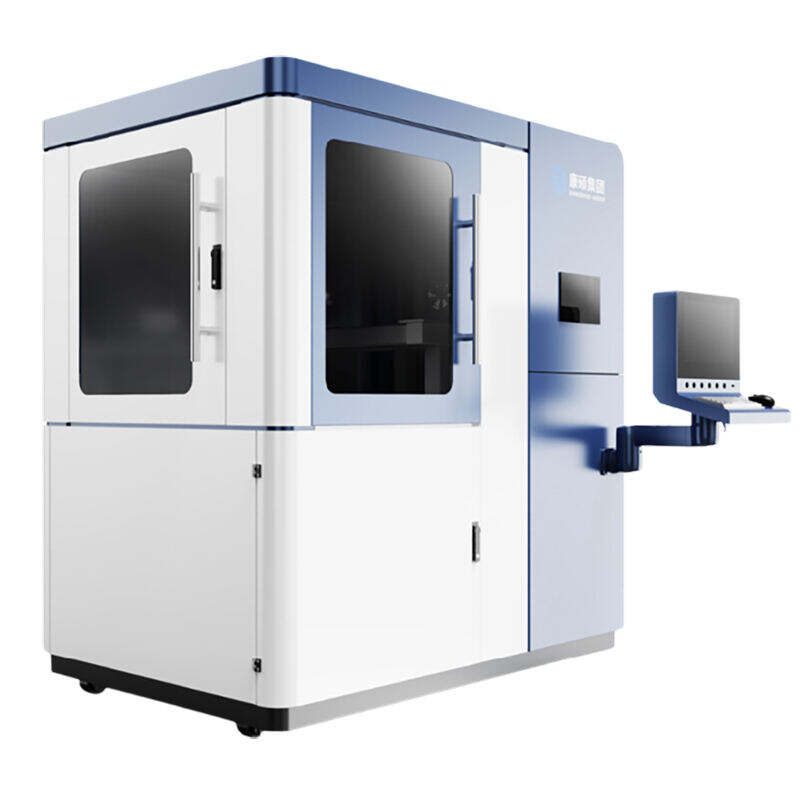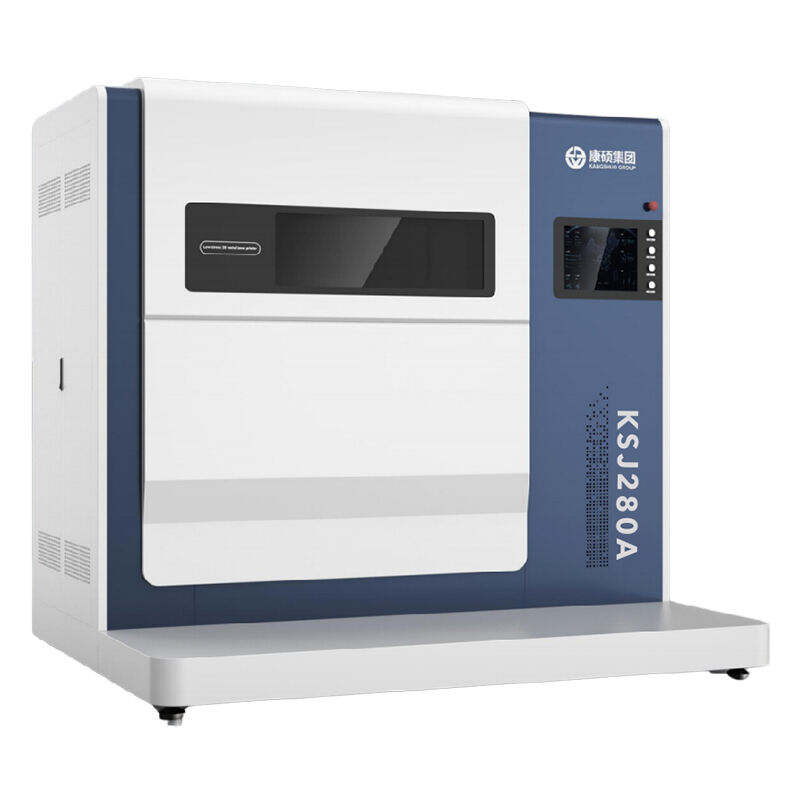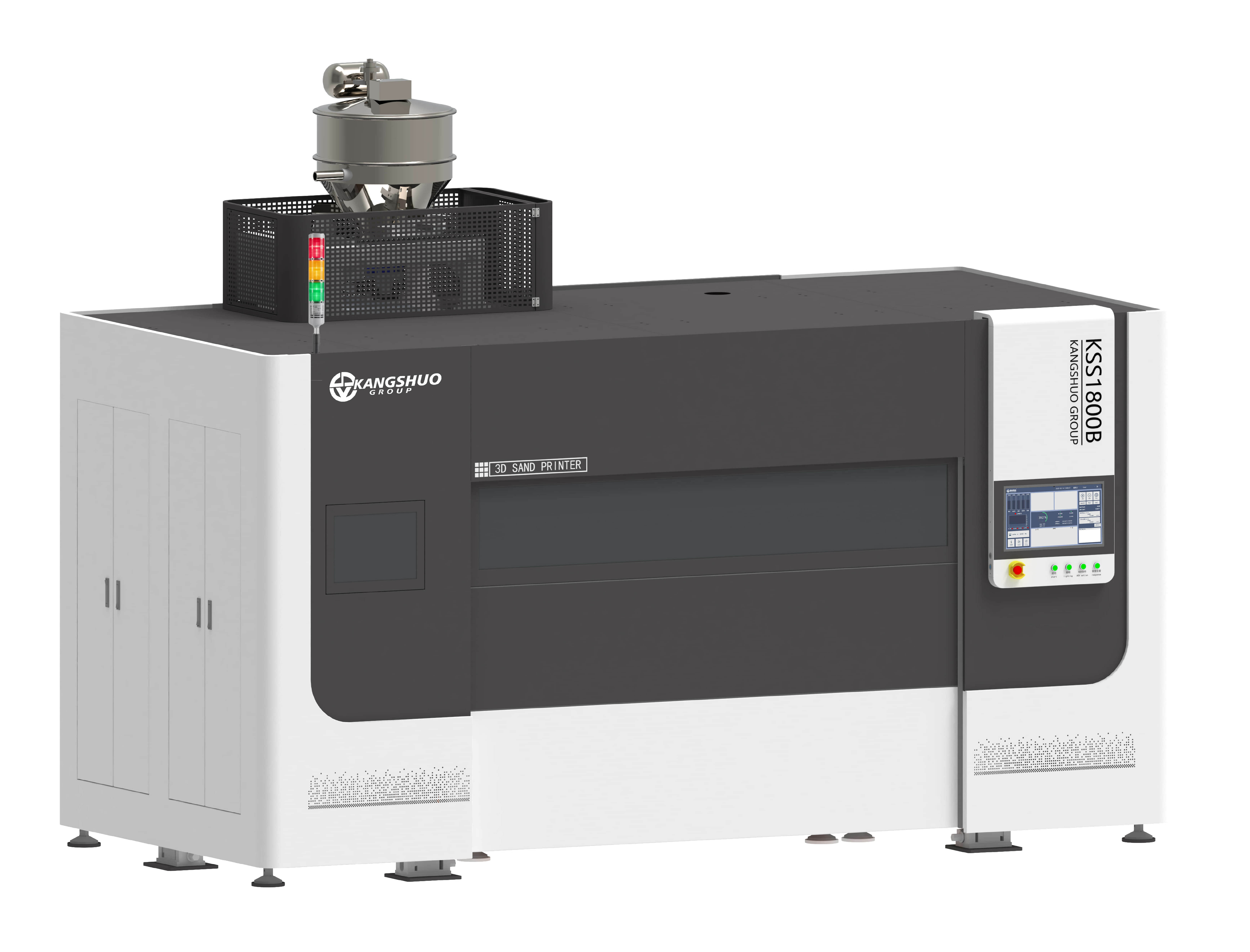sand 3d printer price
Sand 3D printer prices have become increasingly competitive in the industrial manufacturing sector, reflecting the technology's growing accessibility and capabilities. These advanced machines, typically ranging from $50,000 to $500,000, represent a significant but strategic investment for businesses. The price variation largely depends on build volume, printing speed, and automation features. Entry-level industrial sand 3D printers, suitable for smaller operations, generally start around $50,000, while high-capacity systems with advanced features can exceed $500,000. The pricing structure typically includes essential components such as the printing mechanism, sand delivery system, and basic software integration. Additional costs may involve specialized binder materials, maintenance packages, and advanced software solutions. Modern sand 3D printers offer exceptional precision in creating complex molds and cores for metal casting, with layer resolutions as fine as 0.3mm. The technology enables the production of intricate geometries that would be impossible or prohibitively expensive with traditional manufacturing methods.


